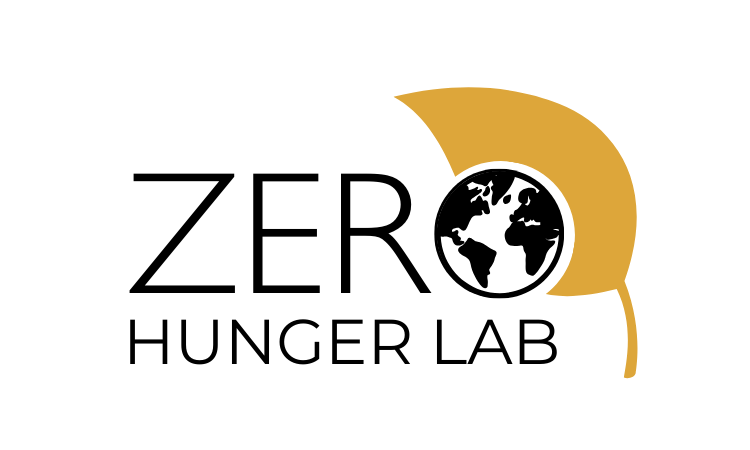1 – Retaliatory Strikes: Russian attacks on healthcare in Ukraine
Melanie Sauter
University of Oxford; University of Oslo
Scott Gates
Peace Research Institute Oslo (PRIO)
Abstract: Recent studies on the micro-dynamics of conflicts have advanced our understanding of when and why civilians are attacked in irregular warfare, but the dynamics of modern interstate warfare are less understood. In this article, we ask when and why Russia targeted civilian infrastructure in Ukraine, with a specific focus on attacks against healthcare. We propose that Russia primarily directs its attacks on healthcare following its own battlefield losses. Such actions undermine the healthcare system, which not only poses long-term public health risks but also deprives already vulnerable populations of critical care. By disrupting healthcare services, Russia penalizes both the Ukrainian civilian population and the Ukrainian military, which relies on these services to treat its wounded soldiers. We test this argument with new data on attacks against healthcare in Ukraine, and find a positive effect immediately after military losses on the Russian side. In addition, we find Russian attacks on healthcare facilities and personnel occur long distances from the front-lines of the battle. This article highlights the punitive nature of Russia’s strategic approach to warfare, showing its strategic use of war crimes to punish the civilian population.
2 – Harmony on the Airwaves: On the Effectiveness of Peace Radio at the Mali / Niger Border
Neil Ferguson
ISDC – International Security and Development Center
Abstract: It is long accepted that mass media interventions can be used to shape public opinion. Even in complicated environments, it is a relatively cheap and effective way to direct messages to large numbers of people. In turn, the use of mass media interventions, such as radio broadcasts, could be used to build peace and promote post-conflict cohesion. Despite this promise and the increasingly frequent use of such approaches, relatively little is known about the impacts of peace radio. This is particularly the case in actively violent settings where standard theories of change could break down. For example, programming could attract violent activity to broadcast areas; could create backlash effects among the targeted population; or encourage attacks on the broadcasters, themselves. To fill this gap, we assess the performance of a UN PBSO-supported intervention that broadcast pro-peace messaging via community radio stations operating at the Mali / Niger border. We split Mali and Niger into a grid containing almost three-quarters of a million 2km x 2km cells and harness the relatively short broadcasting ranges of community radio stations. This allows us to determine if a cell receives broadcasts from a supported radio station and to compare outcomes in these cells to those of control cells that receive no radio broadcasts at all. Using a geographic discontinuity approach, we balance treatment and control data, focusing on areas just inside and just beyond the broadcasting ranges of supported stations. We use spatial econometric models to account for spatial autocorrelation, embedded within a difference-in-differences framework. These analyses suggest that the radio broadcasts are associated with reductions in the intensity of violence within broadcast areas, as well as improvements in associated outcomes, such as land usage. This is suggestive of the potential that such broadcasts can play in reducing violence, even in actively violent contexts.
3 – War Exposure, Perpetrator Identity, and Attitudes towards Transitional Justice
Thorsten Rogall
Uppsala University
Abstract: What determines the demands for transitional justice in the aftermath of armed conflict? We draw on data from a survey experiment involving nearly 1,600 Sunni Arab refugees in Turkey. We randomly assign individuals to imagine in-group (Sunni) or out-group (Shia) members when answering questions about transitional justice demands. War exposure is measured comprehensively through a 16-item index (highlighting the many different possible factors), and participants indicate whether they attribute violence to in-group or out-group members. We find a pronounced in-group bias in transitional justice preferences: picturing in-group members increases the likelihood of endorsing restorative justice by 8% and decreases support for retribution by 2.5%. War exposure significantly influences these preferences, with higher exposure decreasing support for restoration and increasing support for retribution. Notably, identifying with the in-group moderates these effects, particularly among those who endured extensive war violence. Latent class analysis identifies three exposure groups, with the strongest in-group bias observed in those experiencing the most extensive violence. However, this bias diminishes when individuals attribute violence to in-group perpetrators and even turns into out-group bias. Our findings are robust to various specifications and controls. They highlight the nuanced dynamics shaping transitional justice demands among conflict-affected populations.
